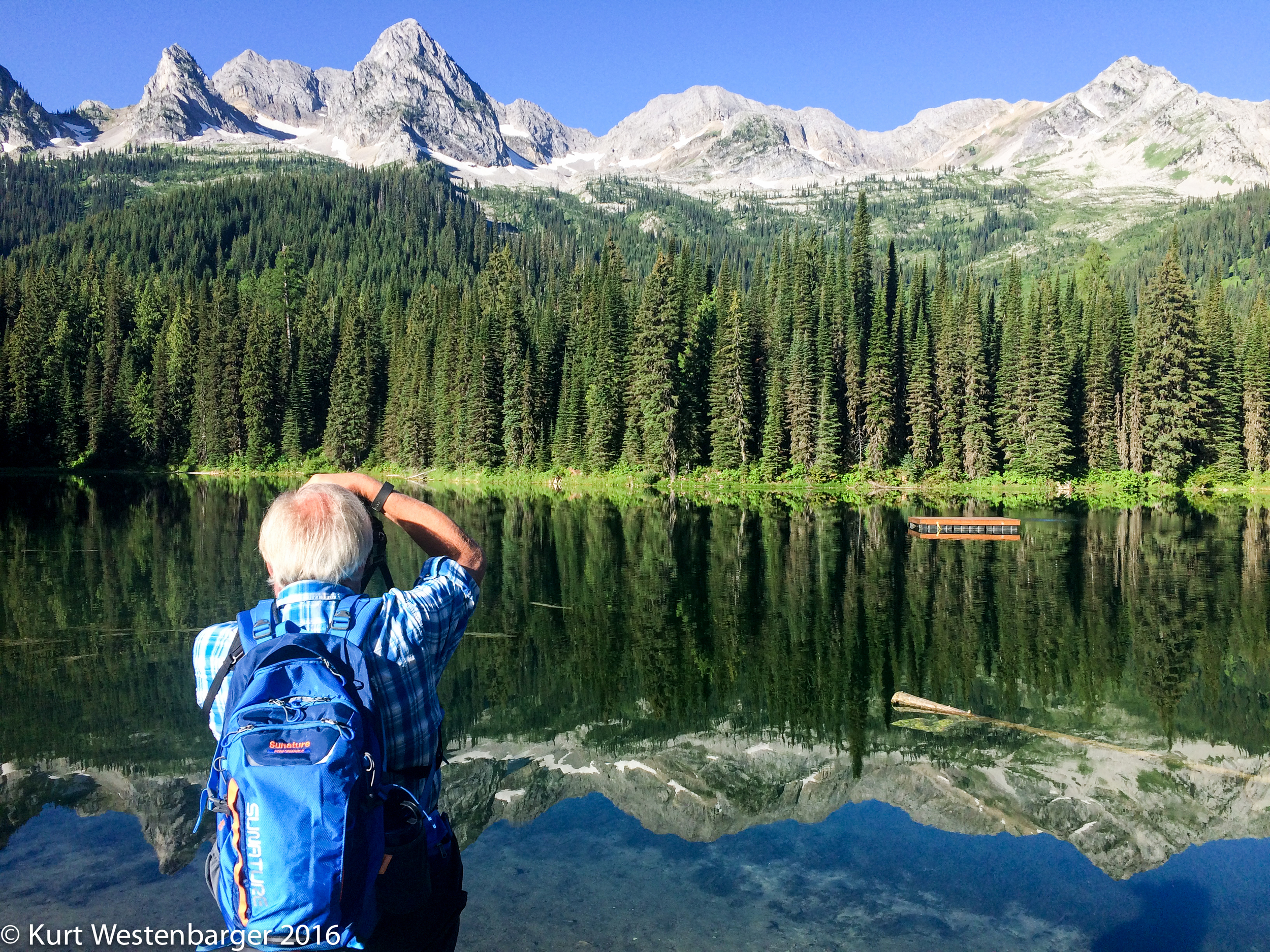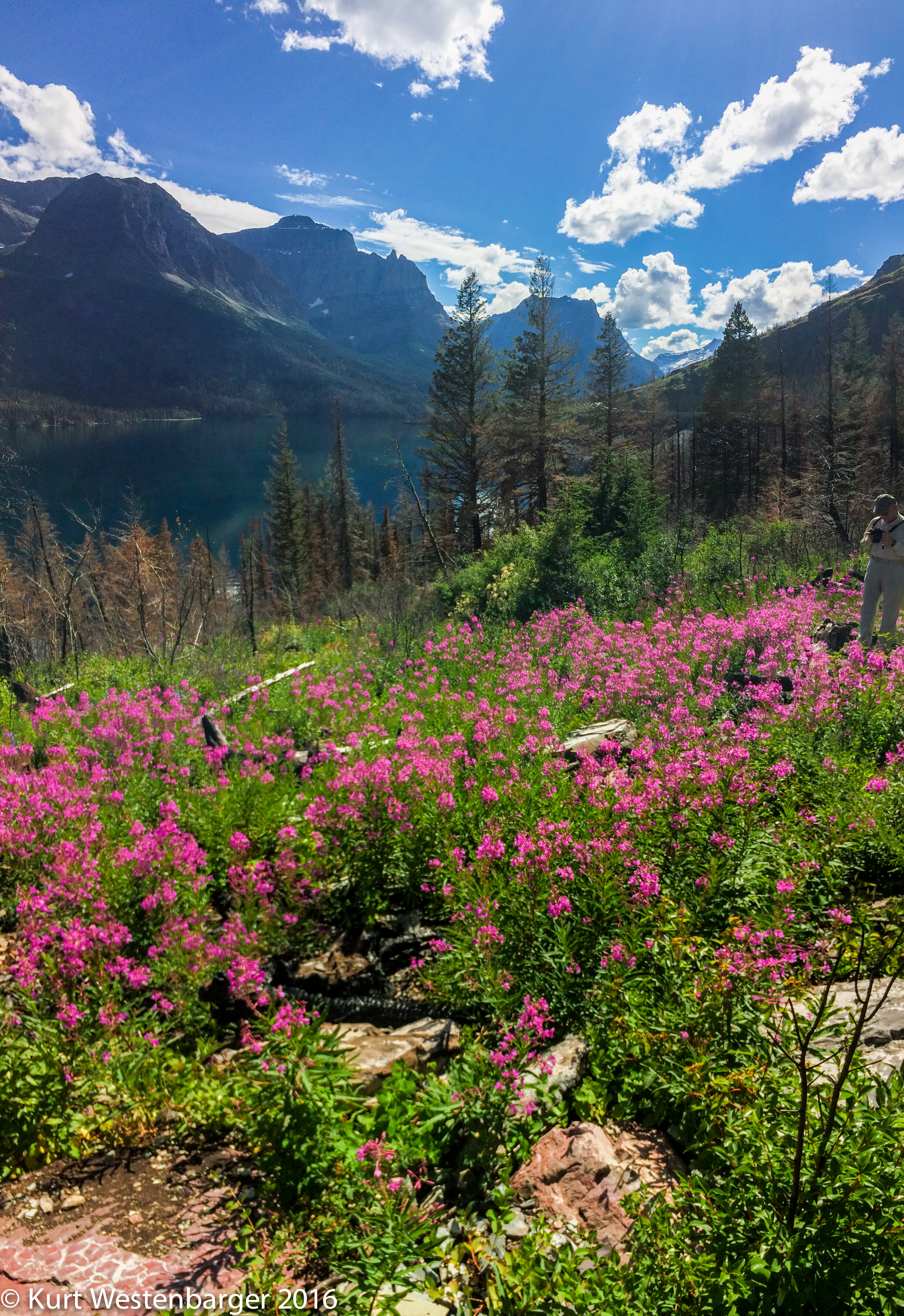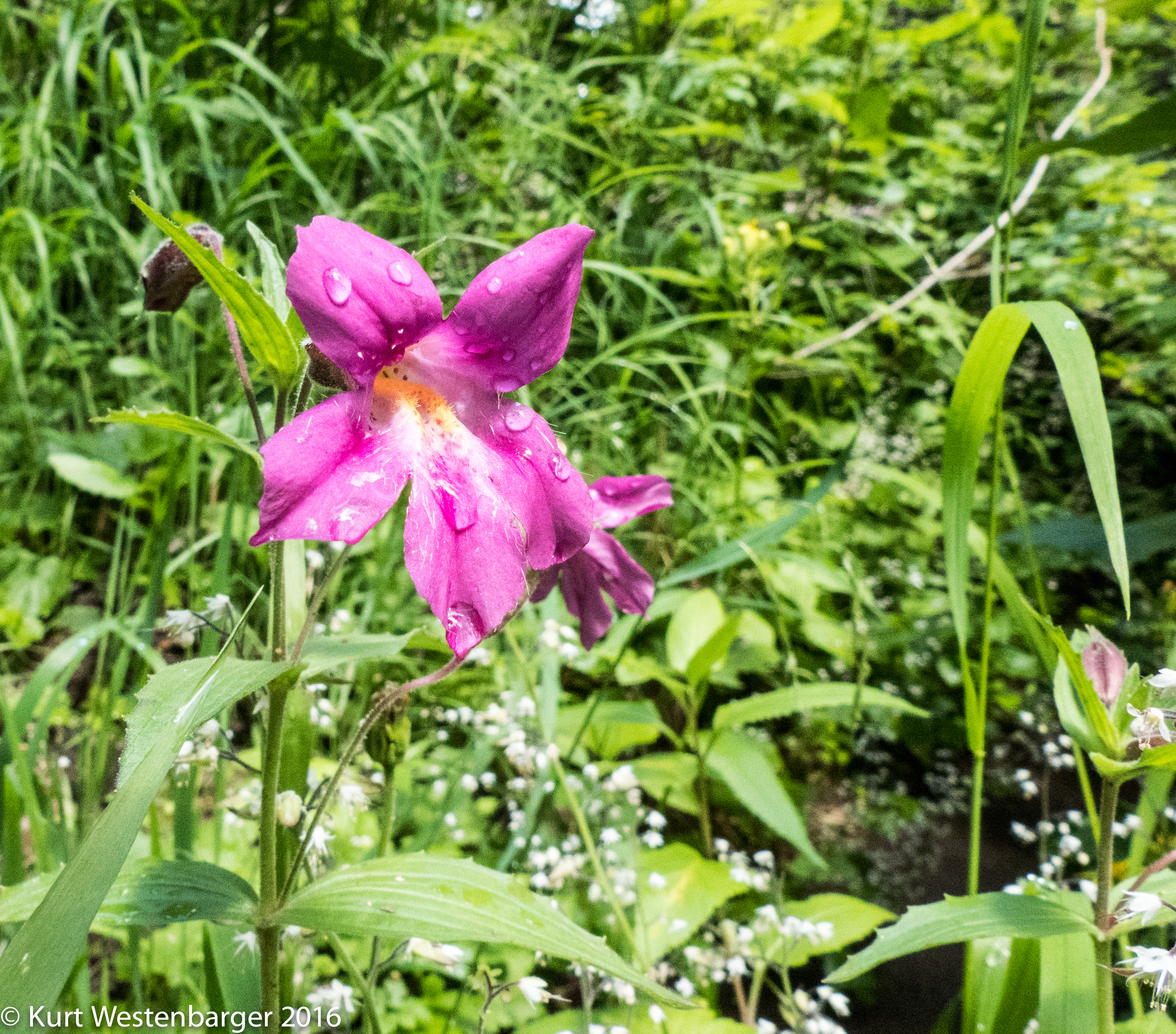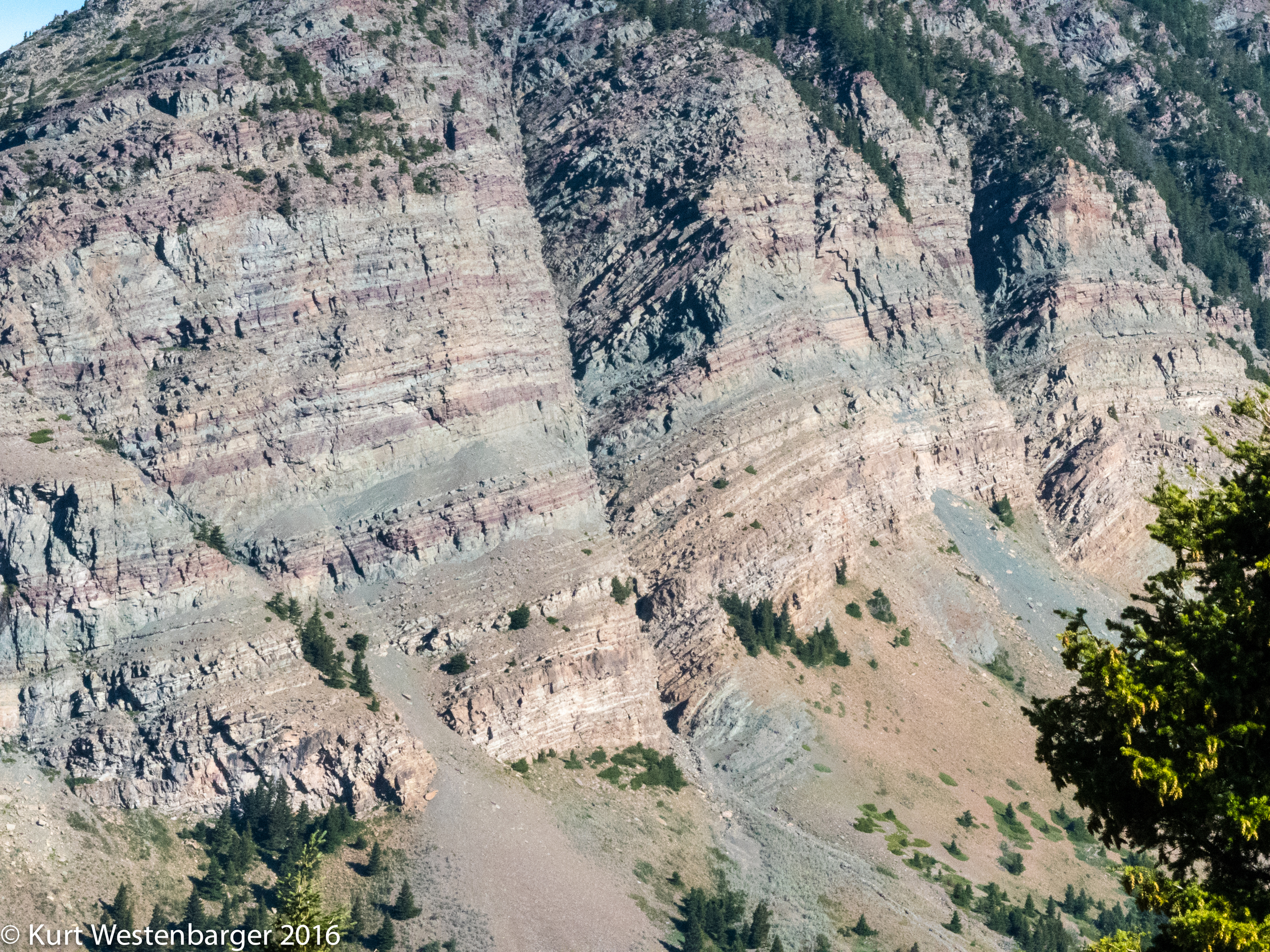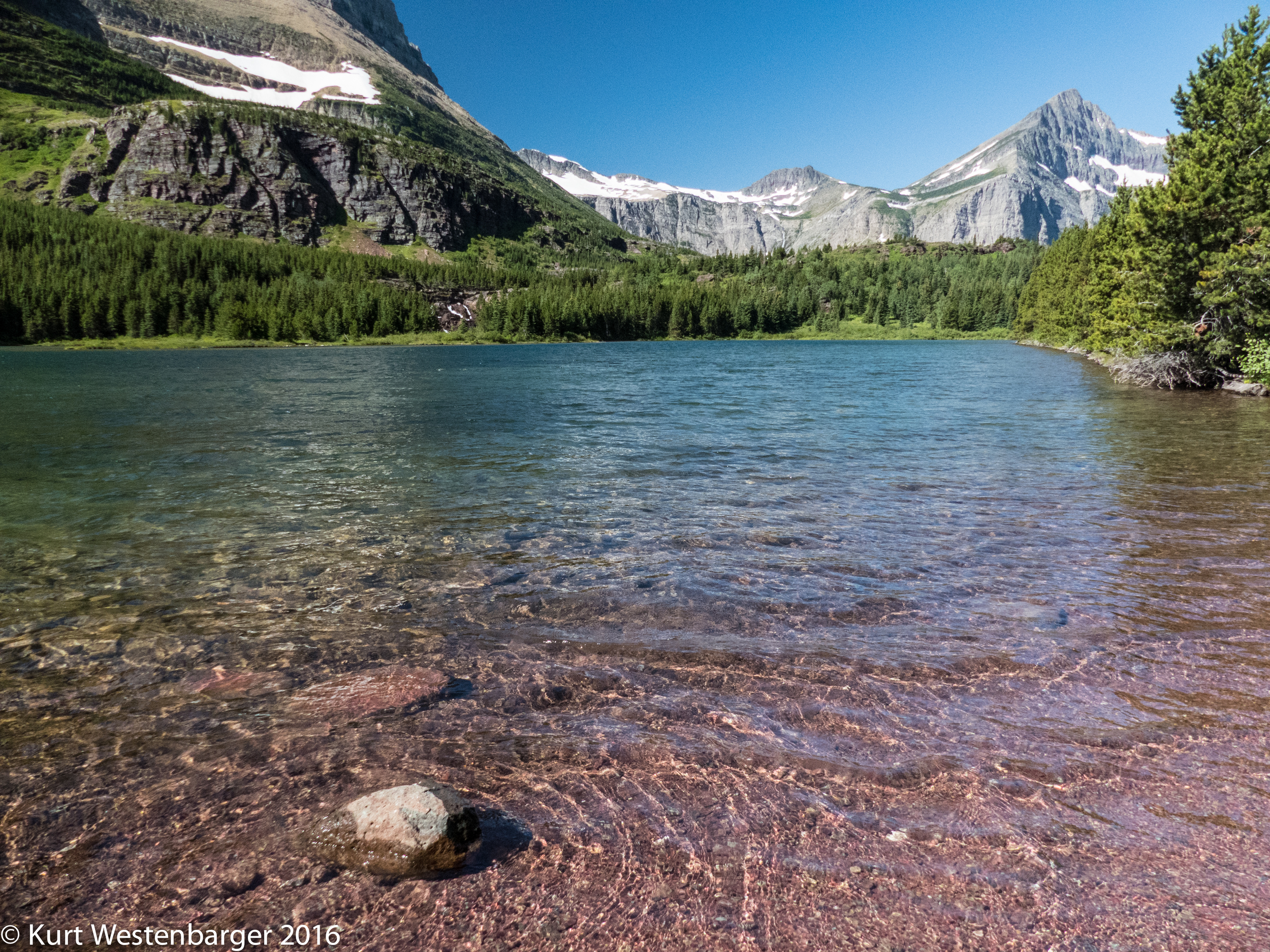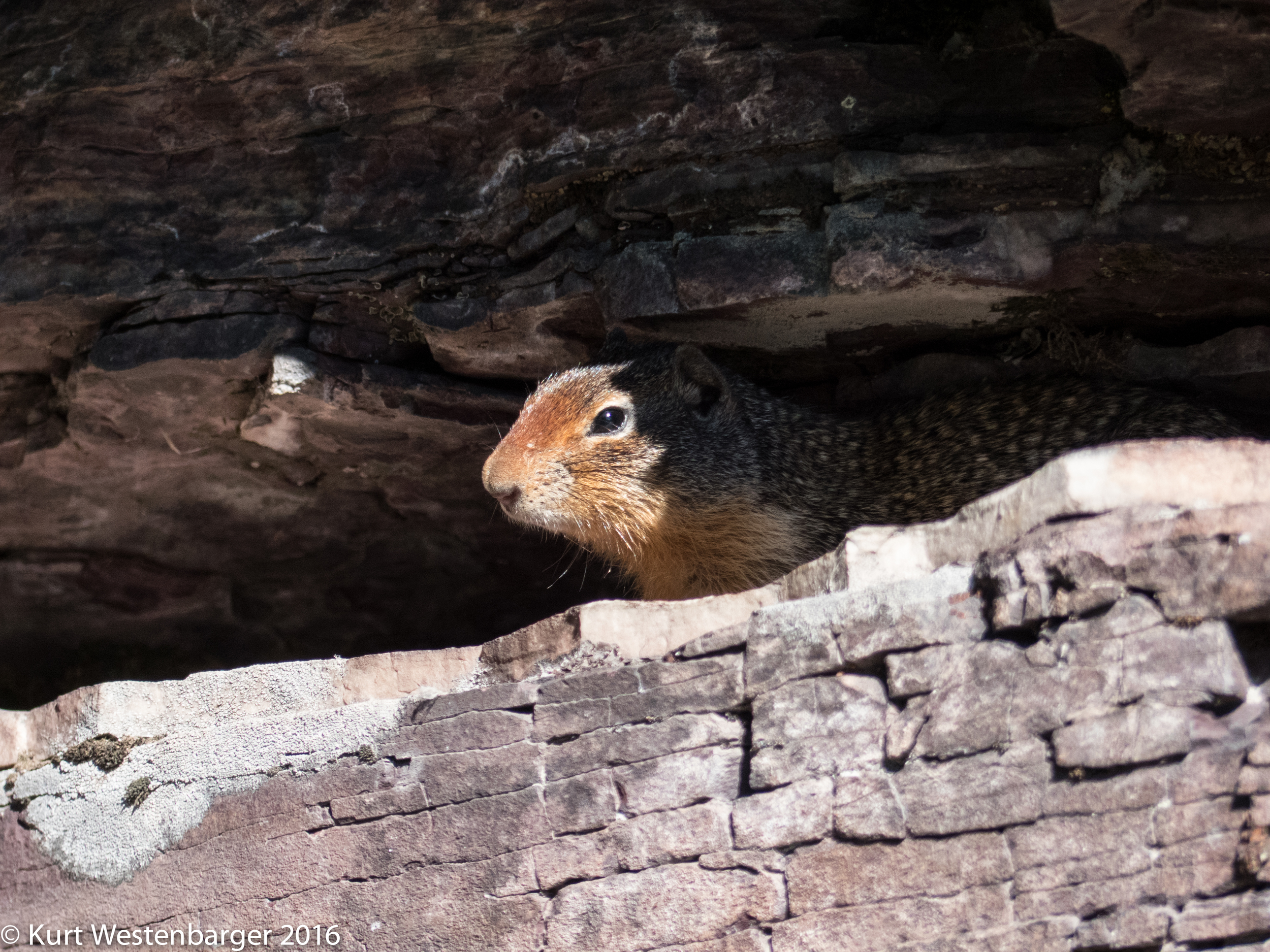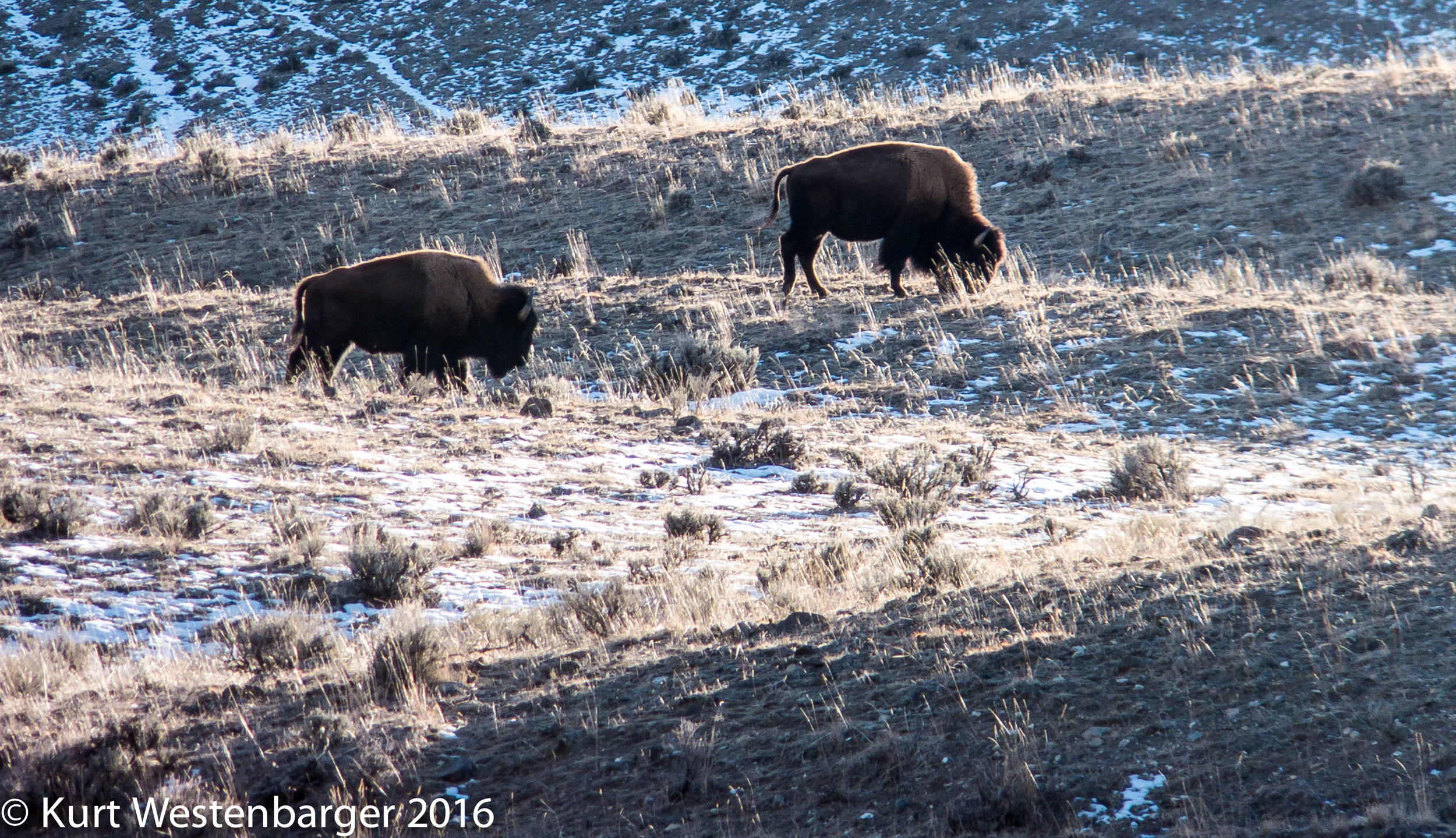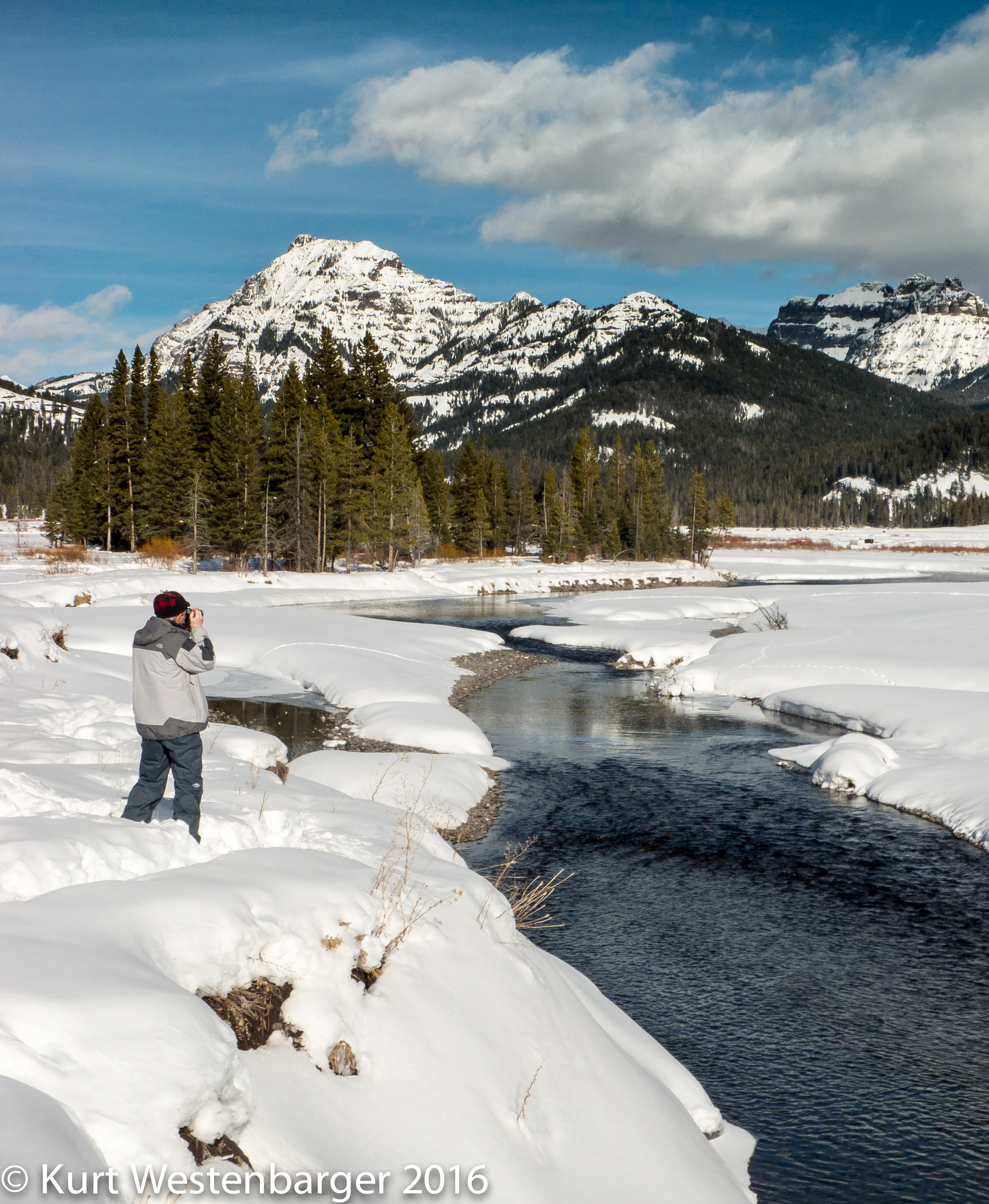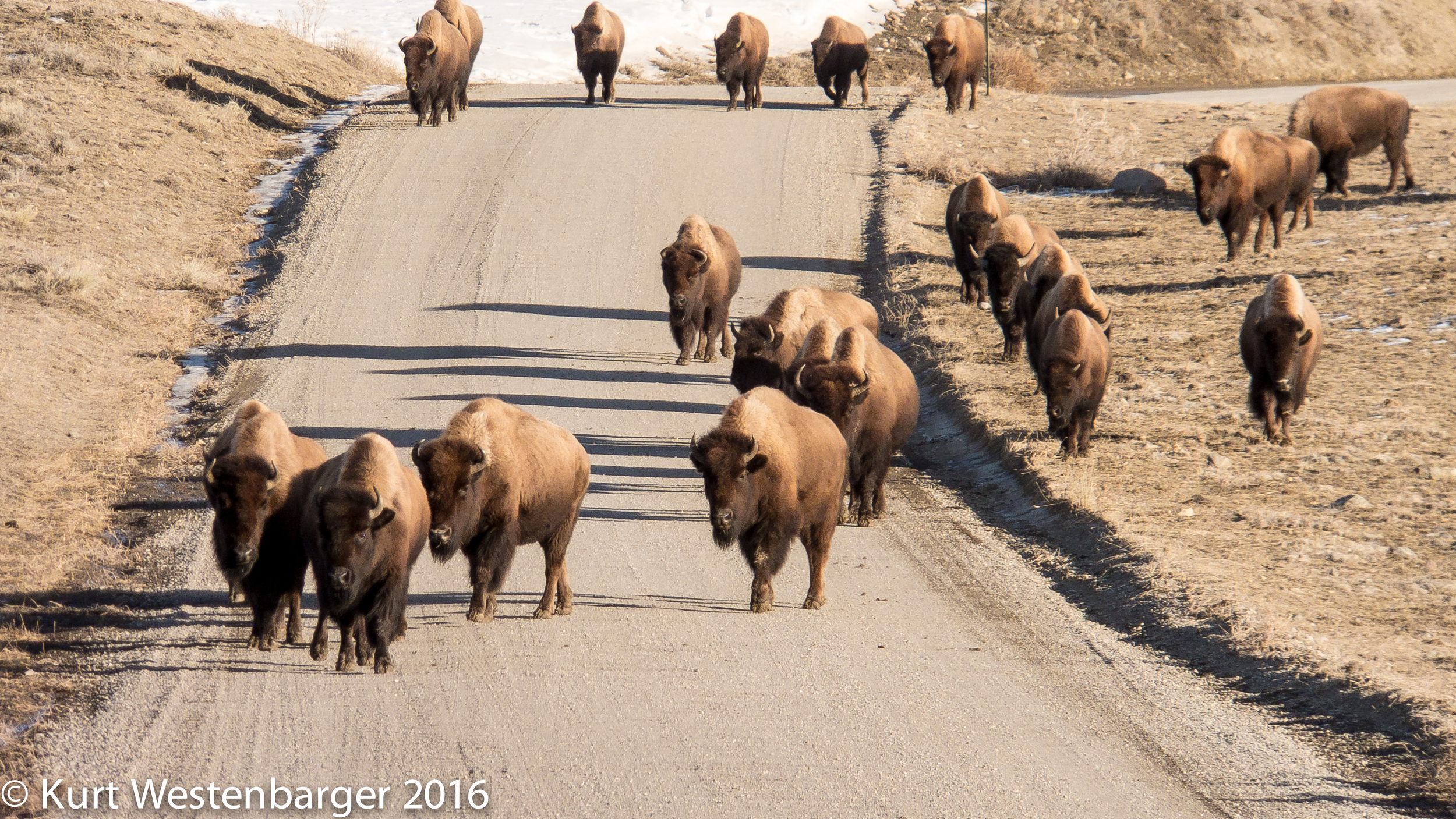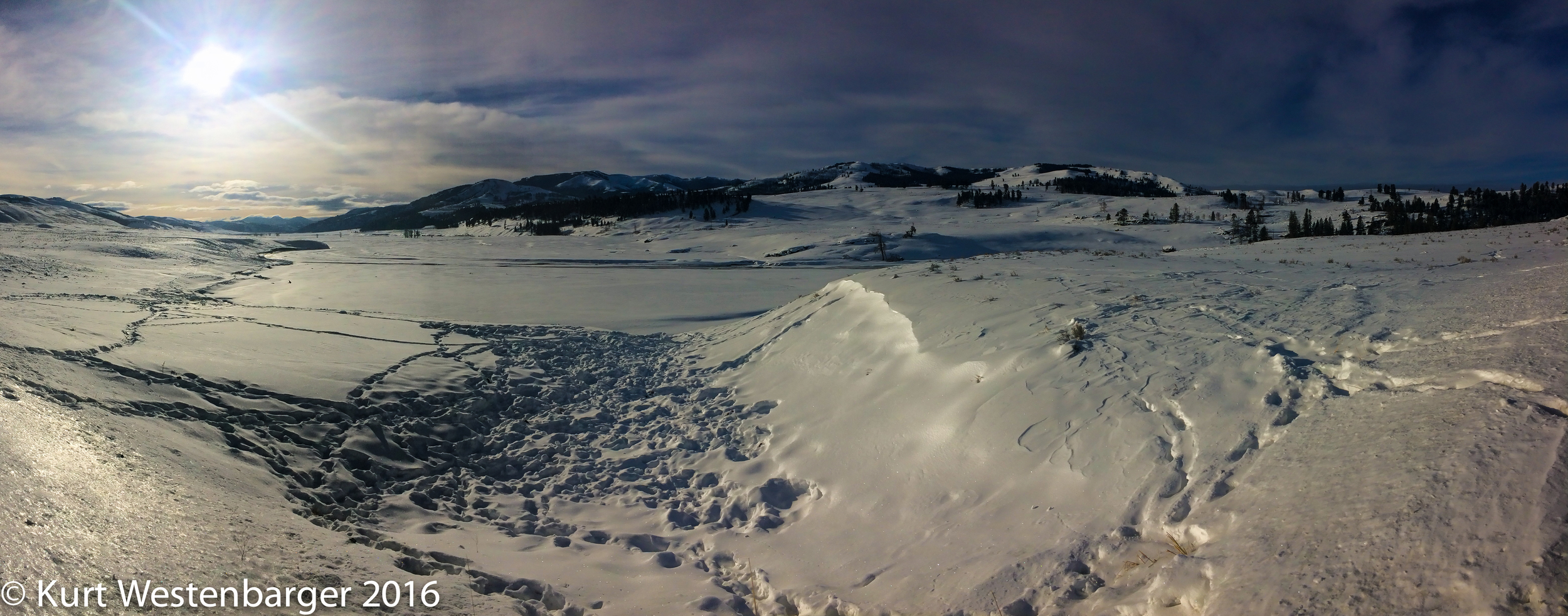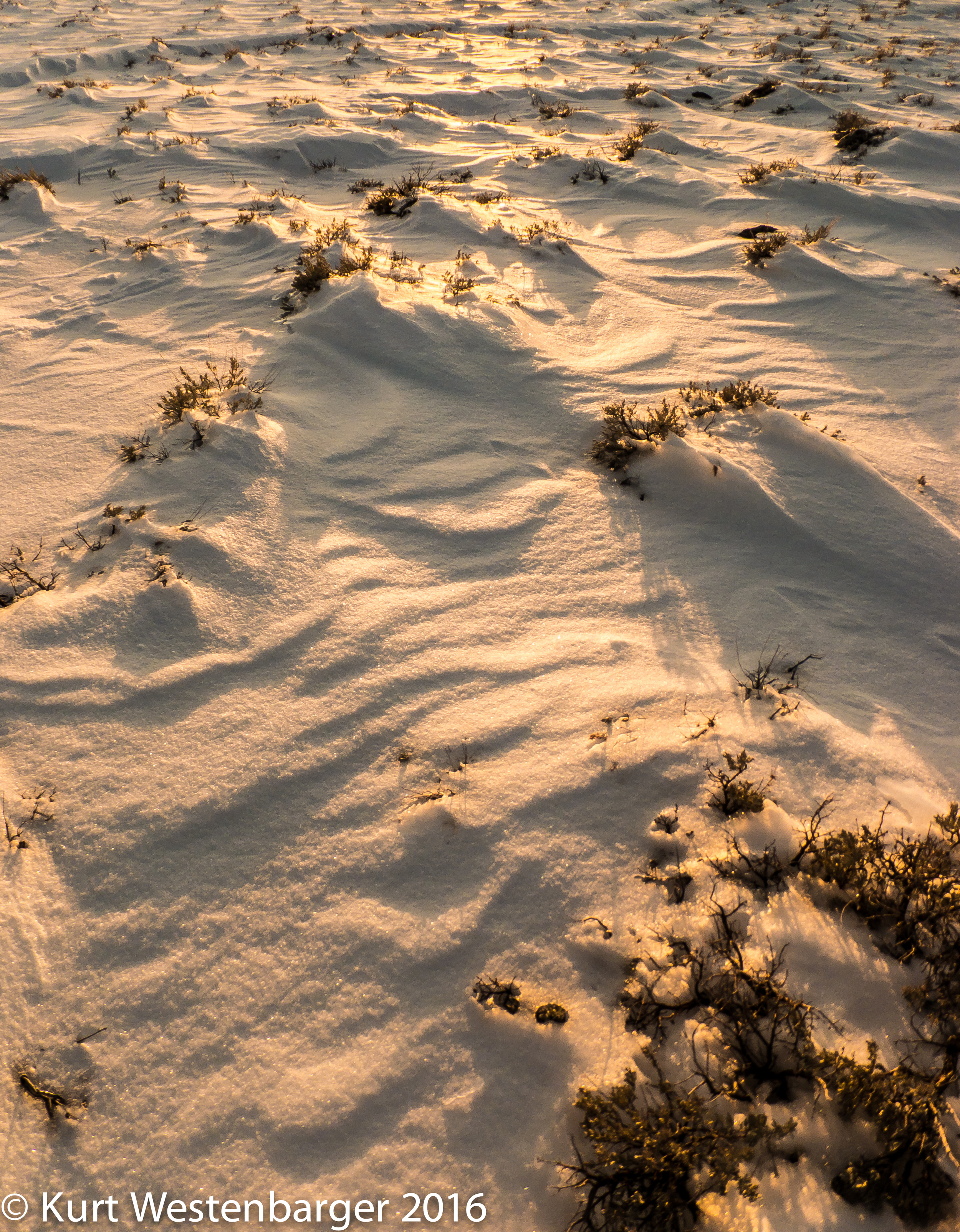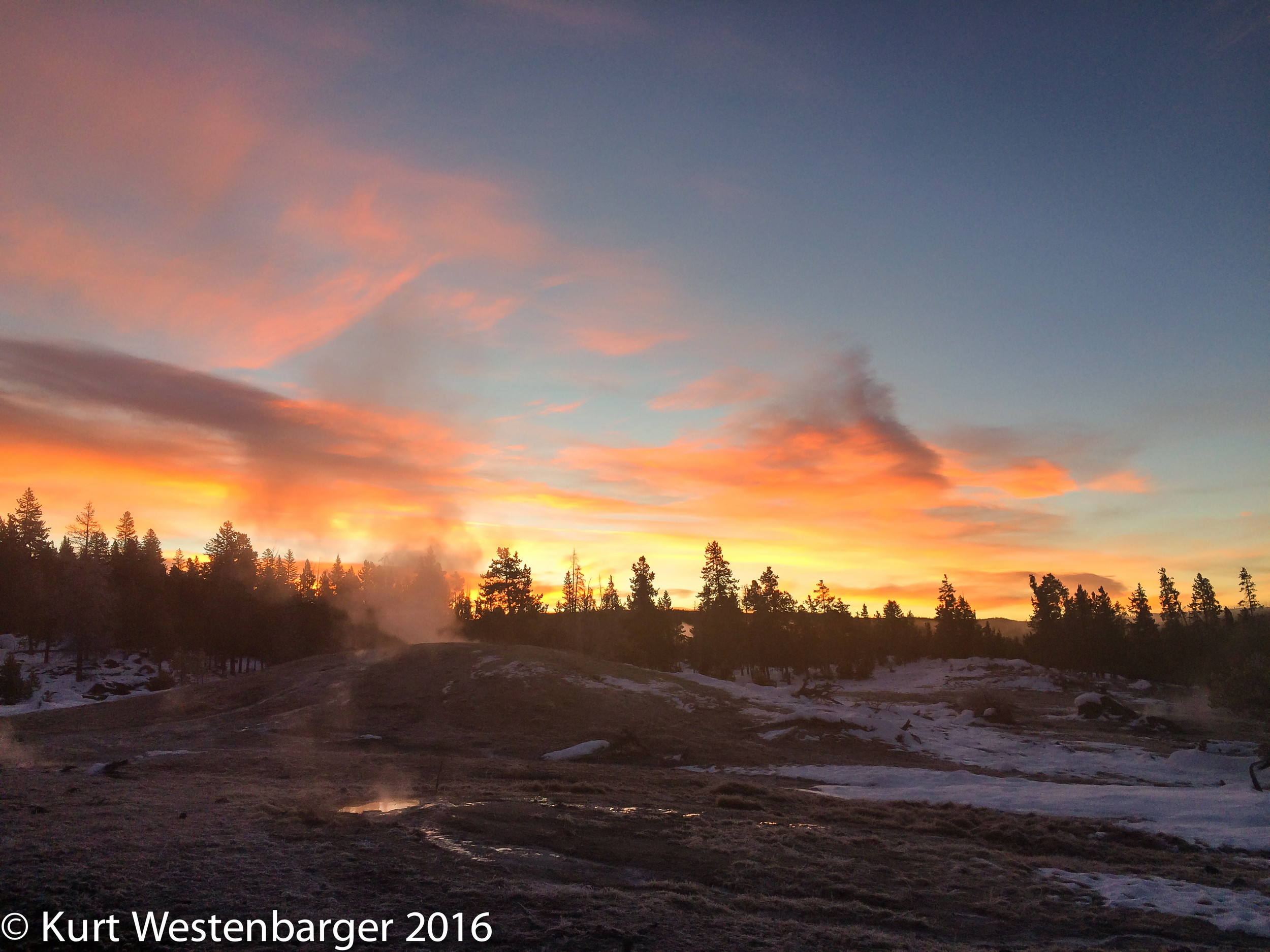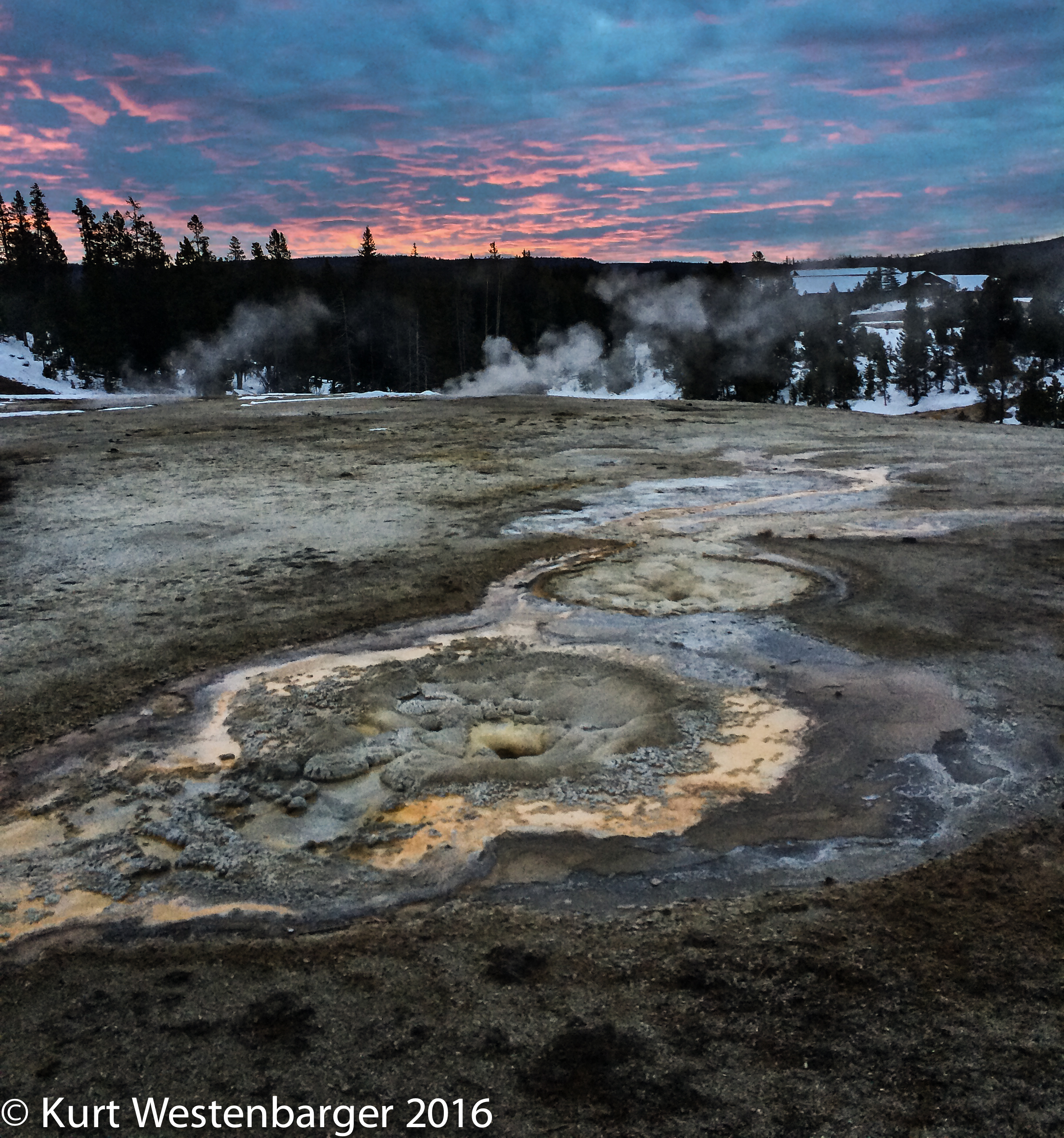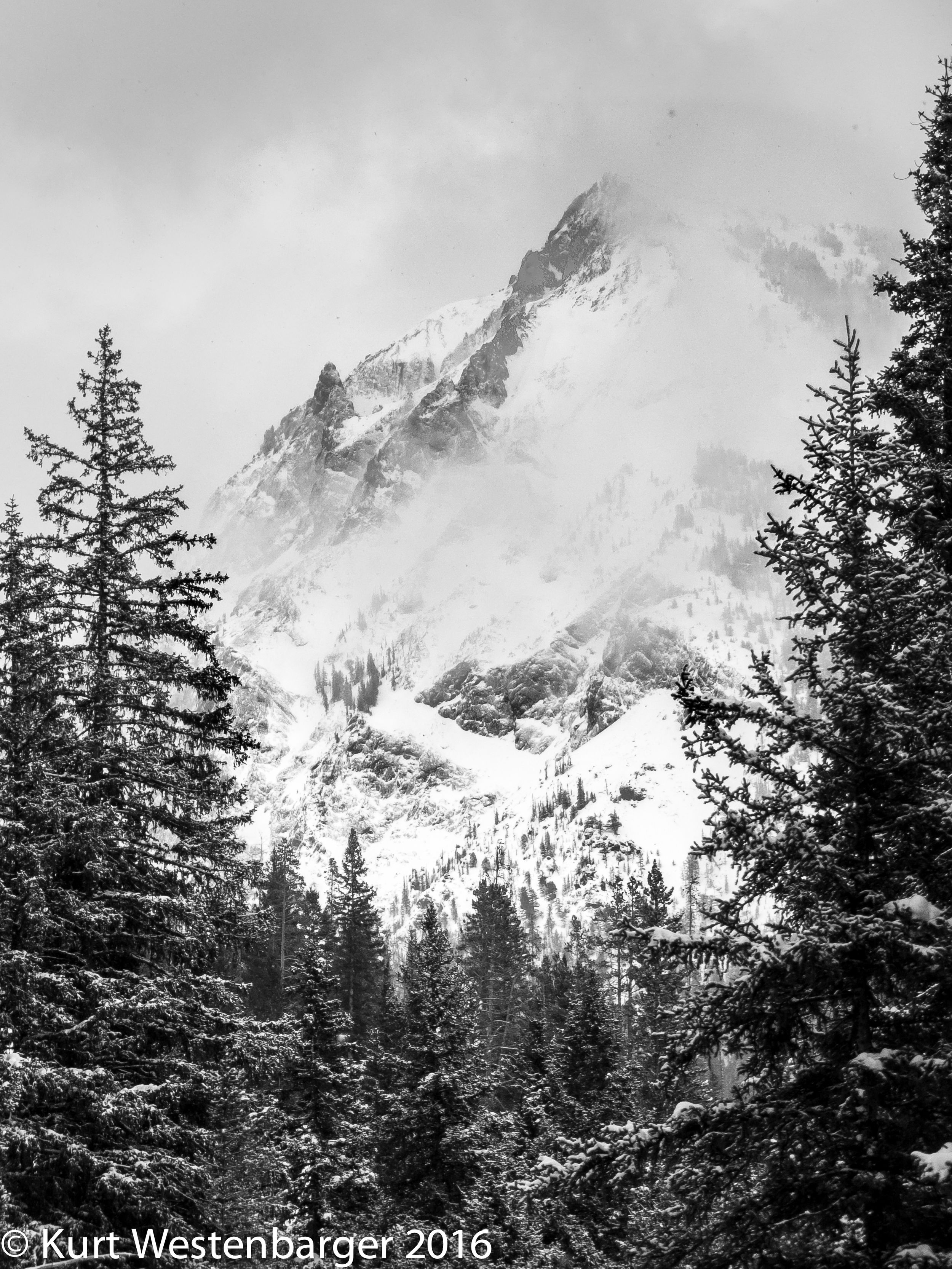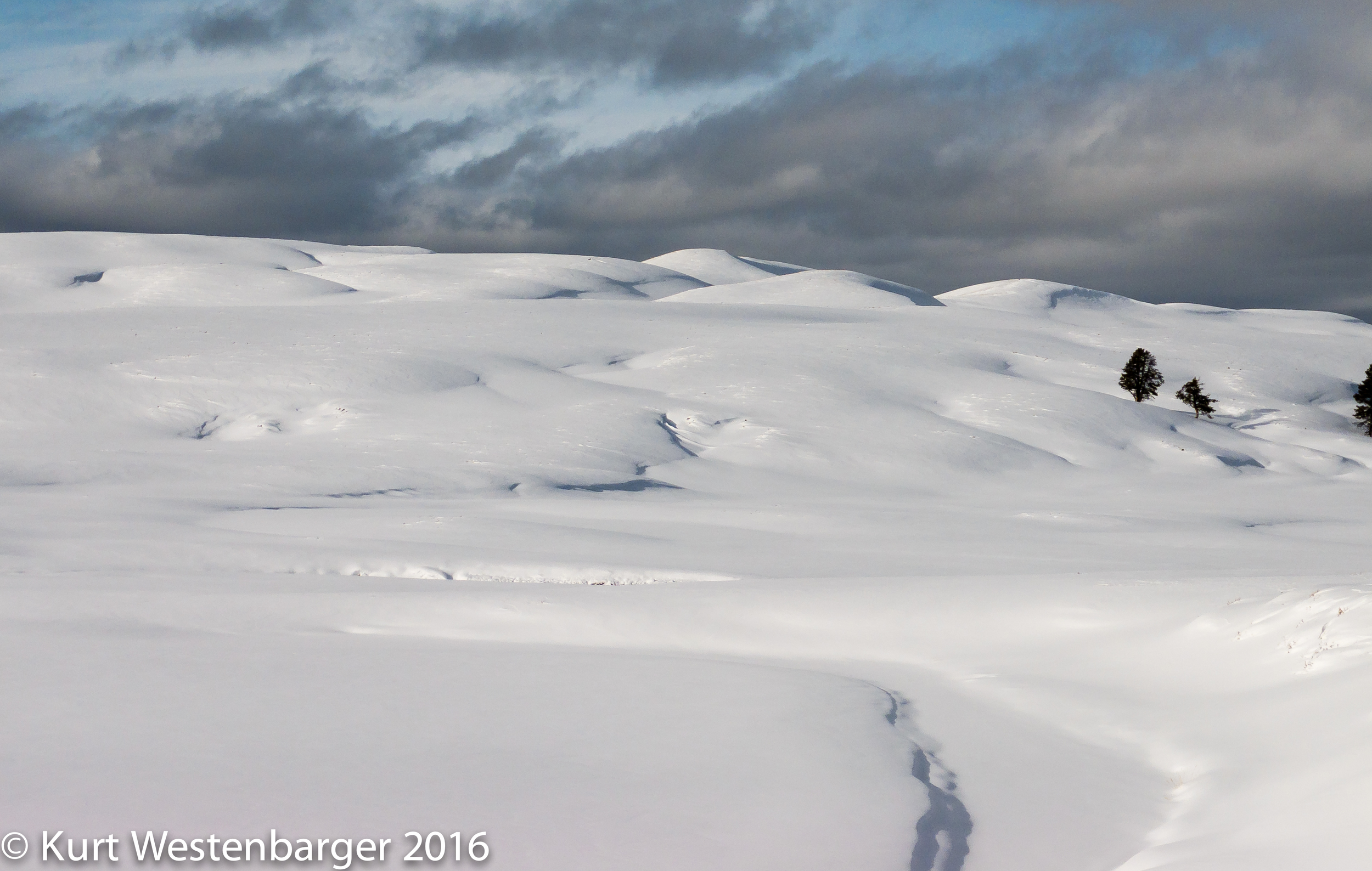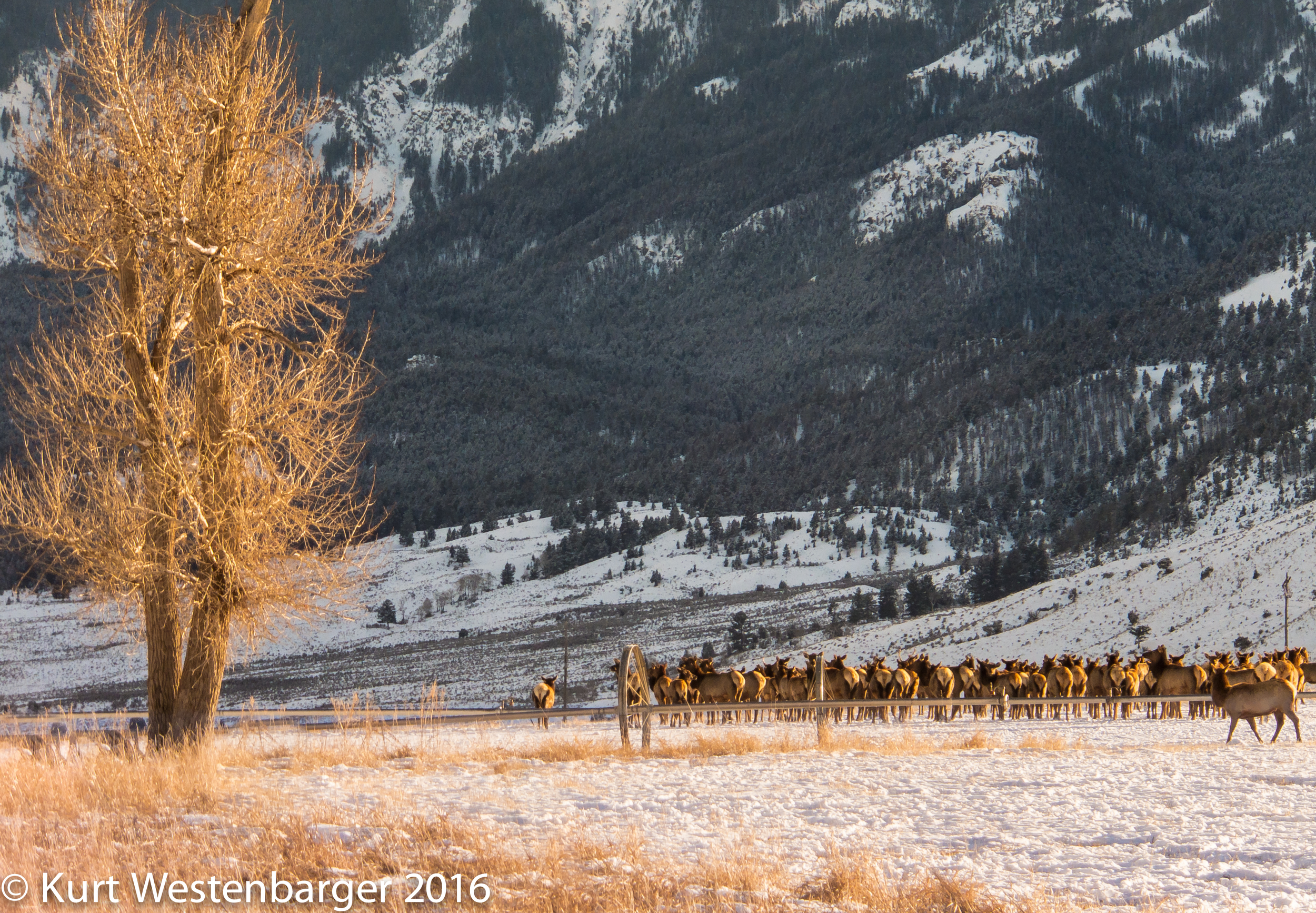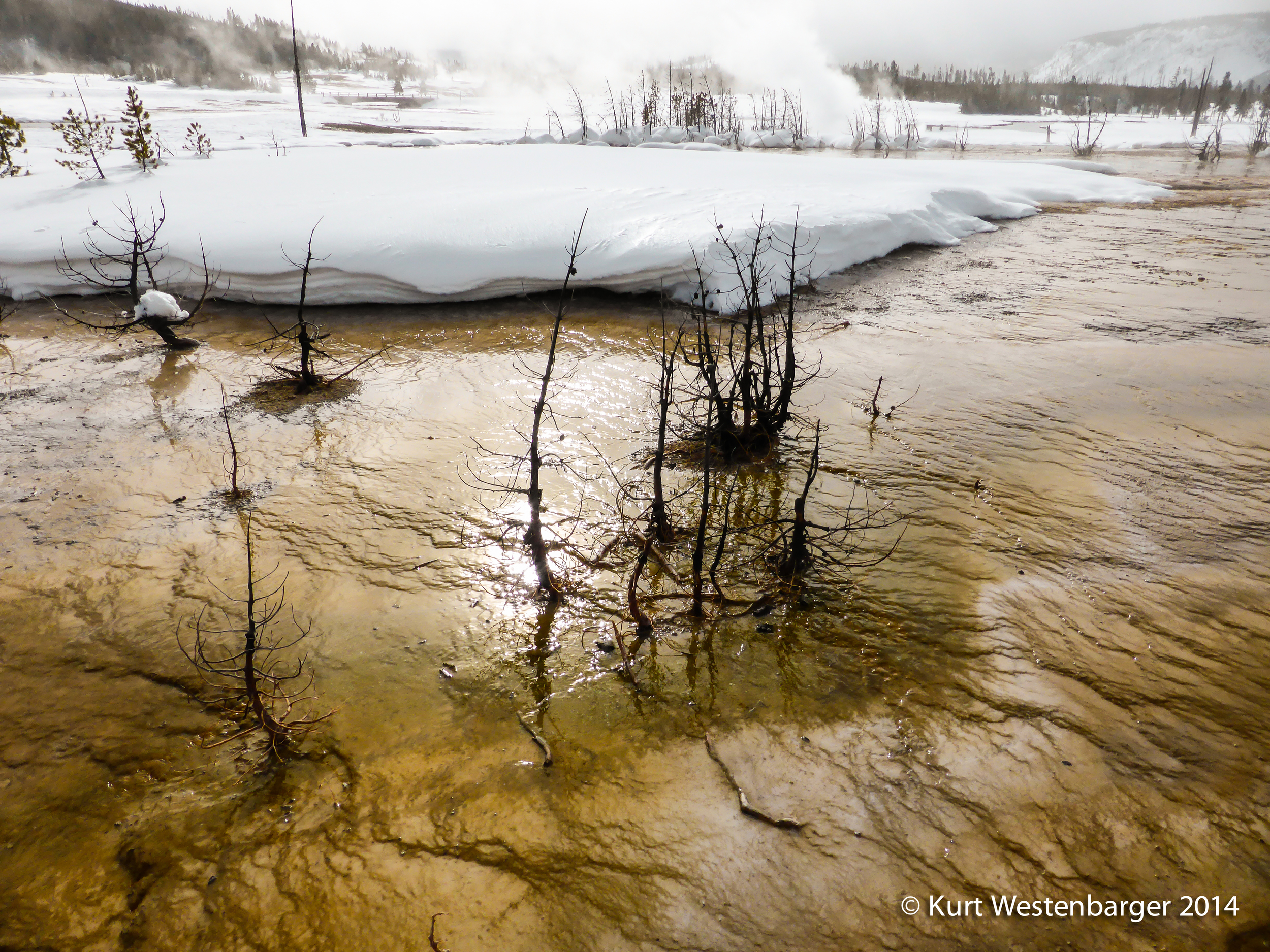TOUR DATE: JULY 17-22, 2016
Photographing Island Lake and the Three Bears Mountains in British Columbia.
When people think of NW Montana, Glacier National Park immediately comes to mind. Some may include Alberta's Waterton Lakes National Park since collectively they are known as the "International Peace Parks". But National Parks aren't terrariums. They are often more influenced by what happens outside their borders than by their insides. Increasingly we are referring to regions surrounding our parks more holistically. The most famous being the Greater Yellowstone Ecosystem encompassing an area nearly nine times that of it's namesake park. Likewise the region from near Missoula, Montana in the south to almost Banff, Alberta in the north, including a portion of British Columbia, is collectively known as the Crown of the Continent.
Because there is no possible way to take in such a vast expanse in the space of a week, this Crown of the Continent Tour by NPCA and Off The Beaten Path picks out several jewels from the crown and takes a good look at each. Our tour starts in Whitefish, Montana, travels over Going-To-The-Sun highway and spends two nights in St Mary. Then it's north to Waterton for a night before traveling west to Fernie, British Columbia. After two nights tucked in the mountains at Island Lake Lodge and Resort we end up back in Whitefish.
Black bear cub explores new succulent vegetation after last year's forest fire, Waterton Lakes National Park.
Trip details change somewhat depending upon the guide. My tour in late July hiked Avalanche Lake, Rockwell Falls, and the Swiftcurrent River in Glacier; Blakiston Falls in Waterton; and the Fir and Spineback trails at Island Lake Lodge. Along the way we studied the Lewis Overthrust Fault, examined two forms of argillite, looked over fossils in British Columbia limestone, and heard all about the Frank Slide disaster that buried part of a coal mining town in 1903. Bears, both black and grizzly, made our wildlife list along with mountain goats, bighorn sheep, moose, elk, two species of deer, numerous small mammals and birds.
I think it better for me to quit writing and post pictures. I'm a better photographer than writer, after all. So here you are! These are photos I took while on this particular trip.

